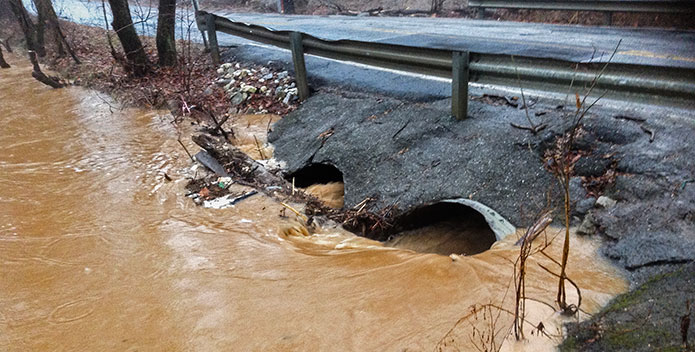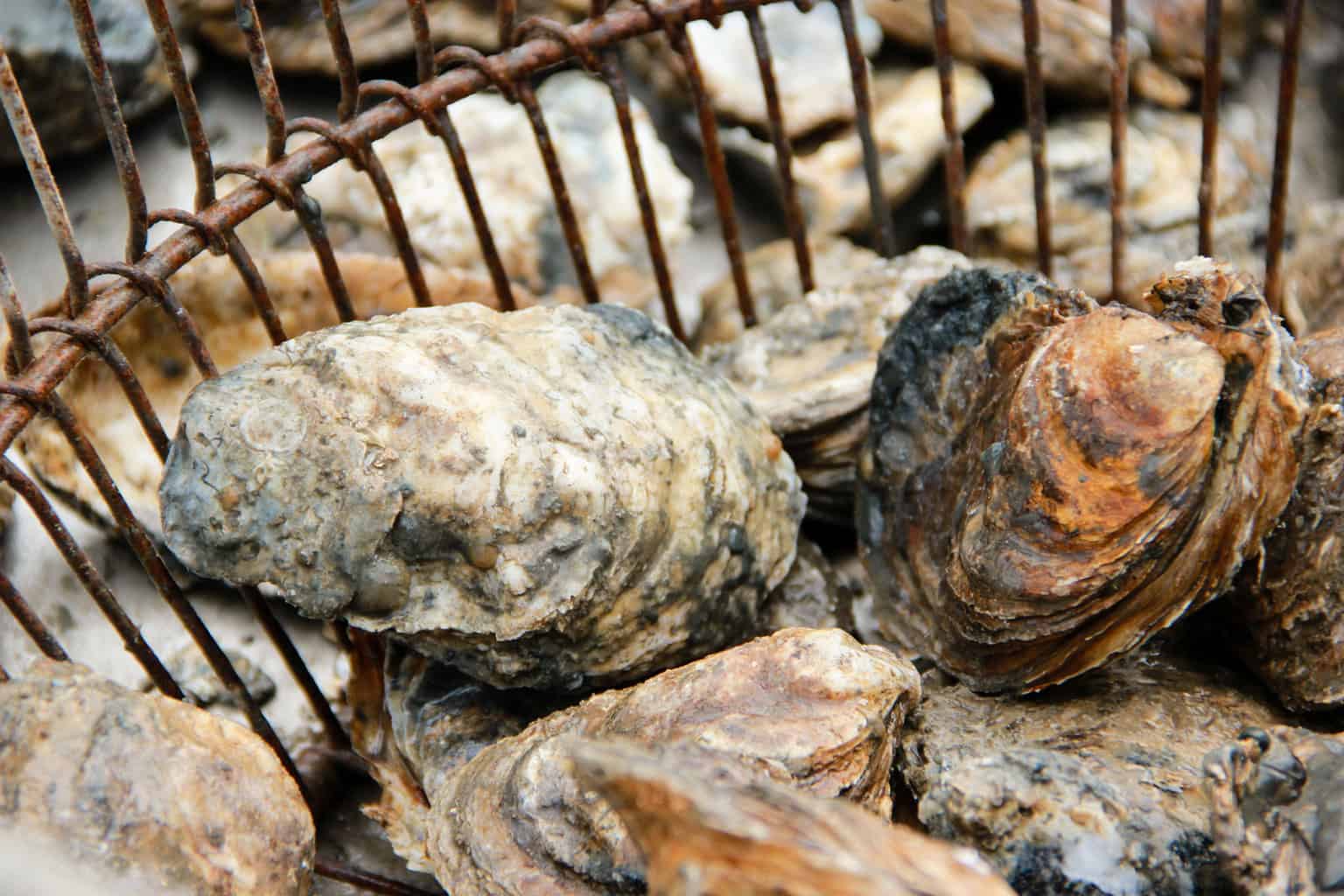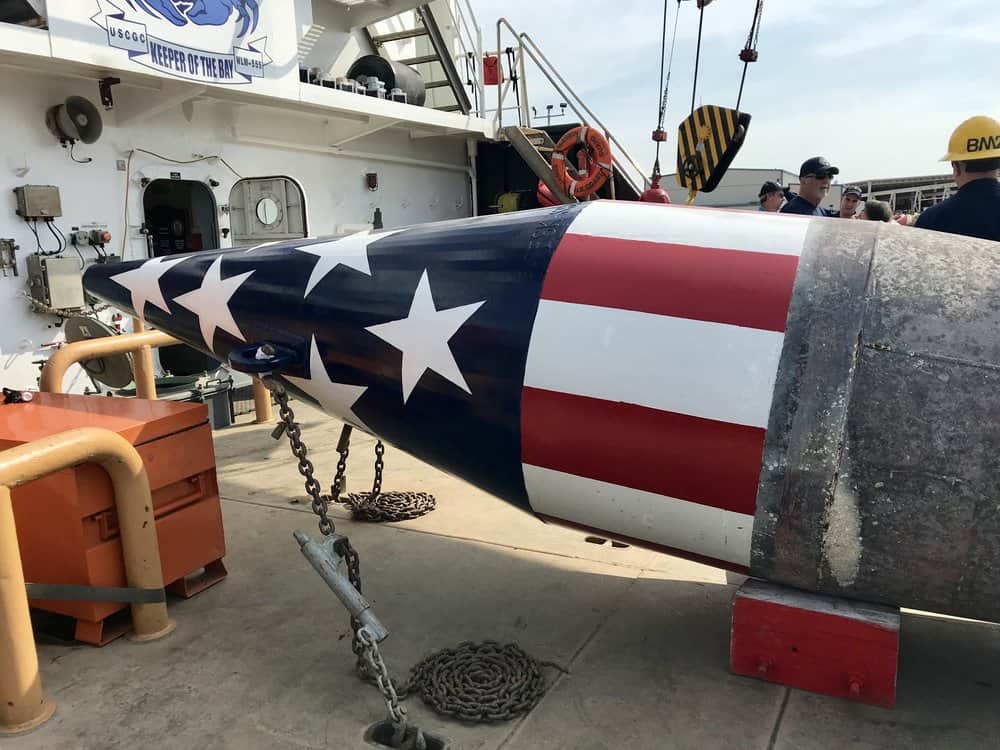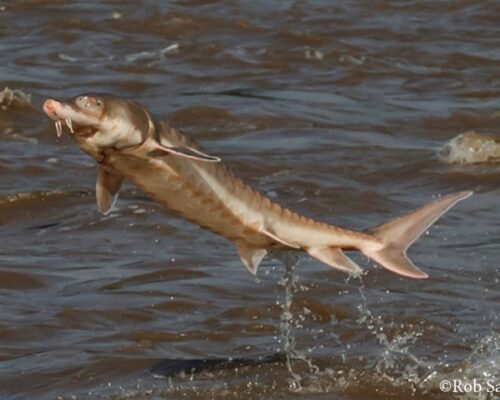The EPA’s Chesapeake Bay Program set a clean water goal for the Bay back in 2010: the Bay states would all use a “pollution diet” to reduce nitrogen, phosphorous and sediment flowing into the Bay by 2025. But the program recently admitted that we’re too far behind those goals to see them realized in 2025 or anytime soon.
The results are in from a four-year study looking at why progress has been so slow. Simply put, the report shows many of the practices put into place to reduce pollution just didn’t work as well as expected.
In its independent evaluation, the Chesapeake Bay Program’s Scientific and Technical Advisory Committee found that achieving a clean Chesapeake Bay remains in the distant future. It notes that current actions in reducing pollution from wastewater treatment plants has been very successful, the actions to slow pollution coming from farms and land developments just aren’t enough. Runoff from urban stormwater and agriculture are the largest sources of nutrient pollution going into the Bay, the authors say. The steps taken to reduce agricultural pollution aren’t as effective as expected.
While some pockets of the Bay have seen water quality improvements, the Bay at large isn’t close to meeting goals for chlorophyll, underwater grasses and dissolved oxygen. The report says that particularly in the deep waters of the Bay, there has been no significant change.
One grim statistic the study found is that compared to pre-pollution diet times in 1985, water quality standards were met in 27 percent of Bay waters in 1985, and in 2020, they had only improved to the mid-30-percent range.
The report offers suggestions on how better to approach saving the Bay as environmental efforts move forward. Some living resources, like blue crabs and underwater grasses, can be strengthened with an additional focus on the Bay’s shallow and open water habitats.
But the study also found that the Chesapeake Bay Program’s traditional approach of trying to achieve the standards of a long-ago clean Chesapeake Bay won’t work.
“Moving the needle on improving Bay water quality will require more than just money and effort—it will
require new approaches to implementation,” says Dr. Kurt Stephenson of Virginia Tech’s Department of Agricultural and Applied Economics.
Future conditions, not just water quality, will impact the abundance and diversity of plant and animal species—things like water temperature and salinity, commercial and recreational harvests and disease. A “restored” Bay may be defined differently in the future.
“The Chesapeake Bay and its surrounding watershed are critical to the livelihood of all its 18 million residents, and changes in land use, population growth, economic development and climate change mean that its past conditions cannot be recreated; the Bay of the future will not be the same as the Bay of the past”, said Denice Wardrop, executive secretary of the Scientific and Technical Advisory Committee who authored the report.
However, she says that Chesapeake Bay Program partners can learn from the successes and failures of the past. To improve, the report recommends changing the focus from simply installing practices to achieving measurable improvements, funneling funding to the places that generate the most pollution and overhauling incentive programs and, in some cases, adding new or refined requirements.
Chesapeake Bay Foundation (CBF) President Hilary Harp Falk says this new report should be “required reading” for everyone working to save the Bay.
In a statement, Falk says, “As we face a third missed deadline, it’s time to take a hard look in the mirror and realize that we cannot rely on more money alone to meet the goals… We can still leave clean water to the next generation, but only if Bay leaders listen to the science, target efforts more strategically, and begin paying for the outcomes that matter most to local communities and the Bay downstream.”
You can read the full report, Achieving Water Quality Goals in the Chesapeake Bay: A Comprehensive Evaluation of System Response.
-Meg Walburn Viviano




